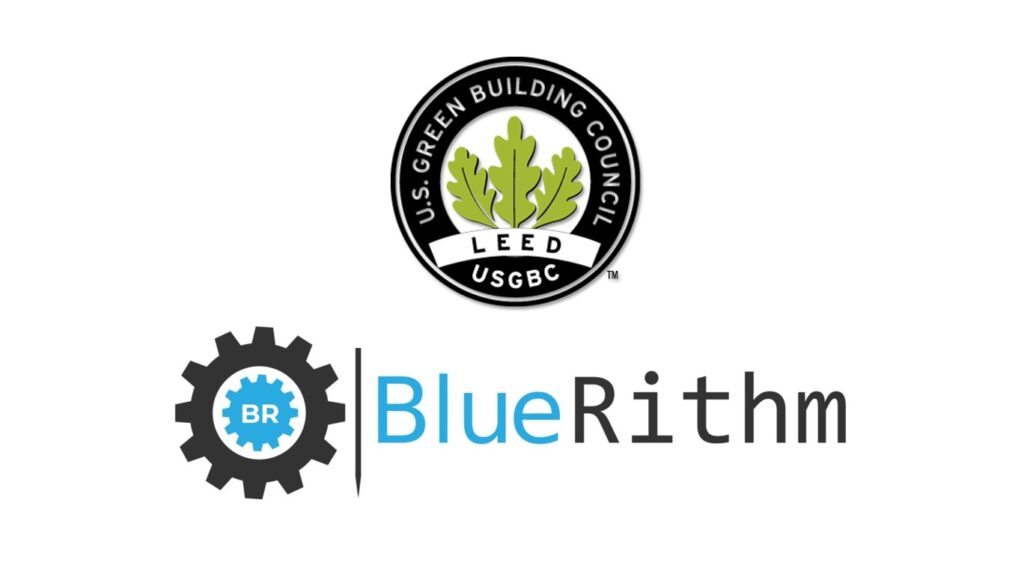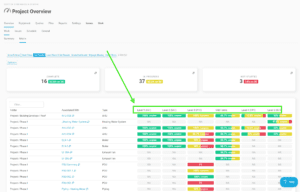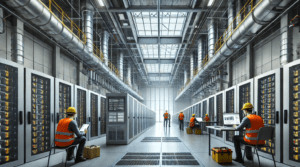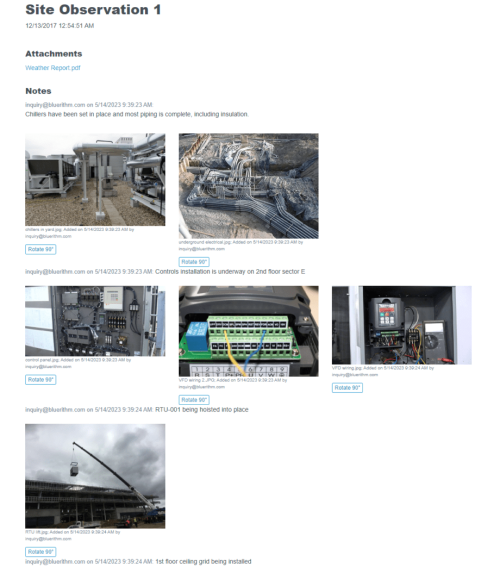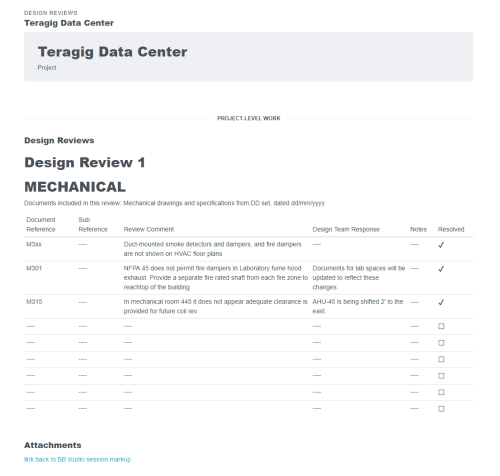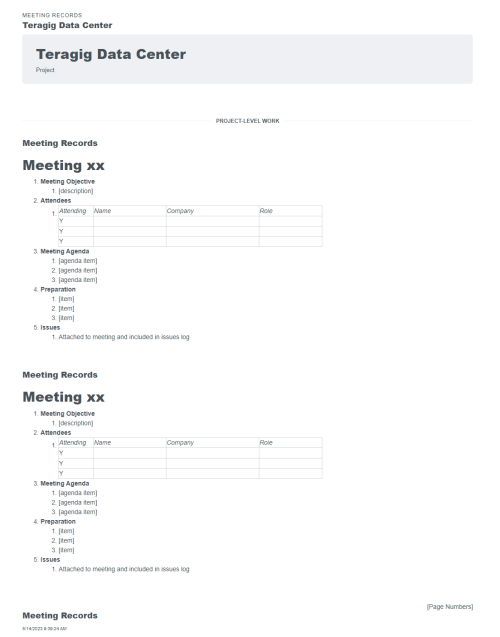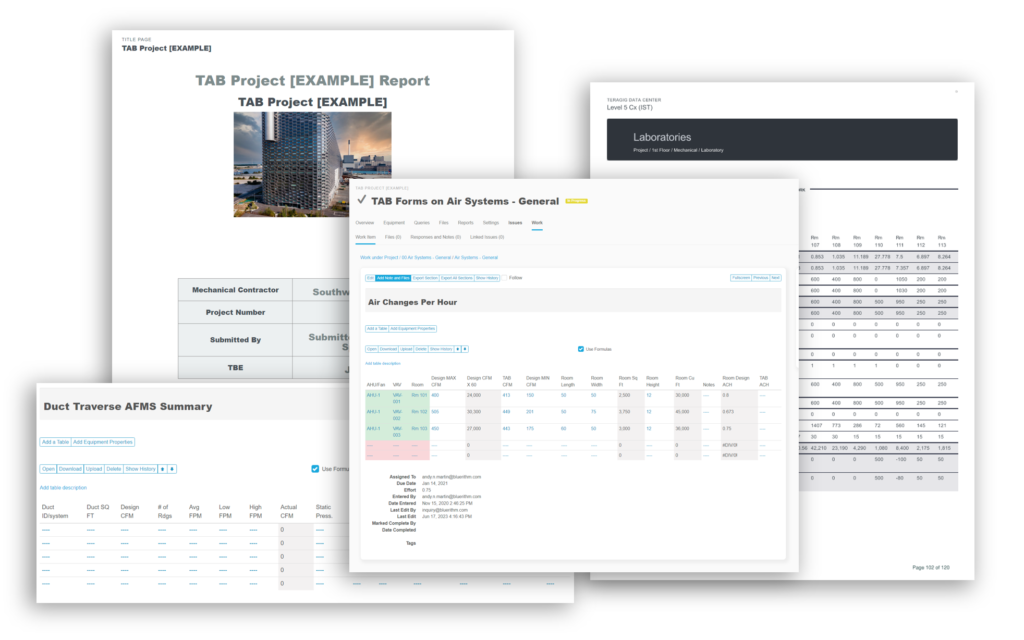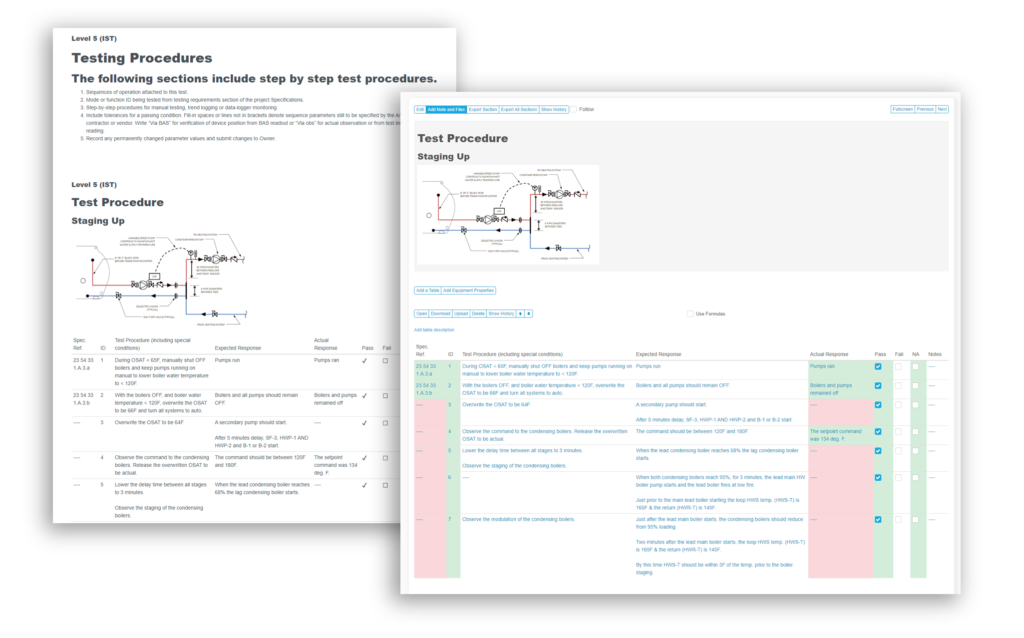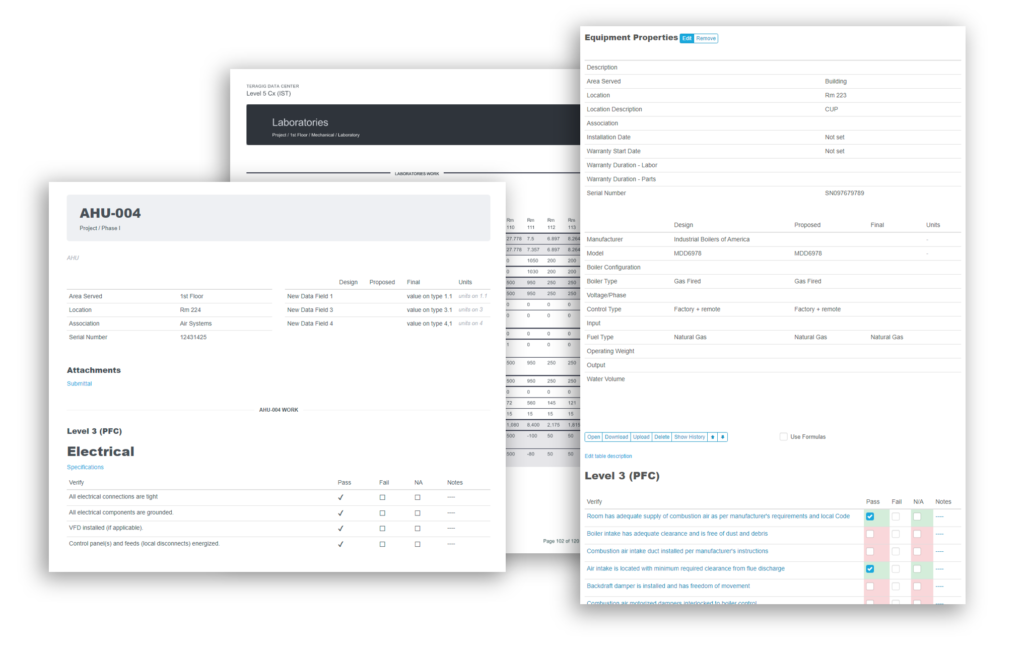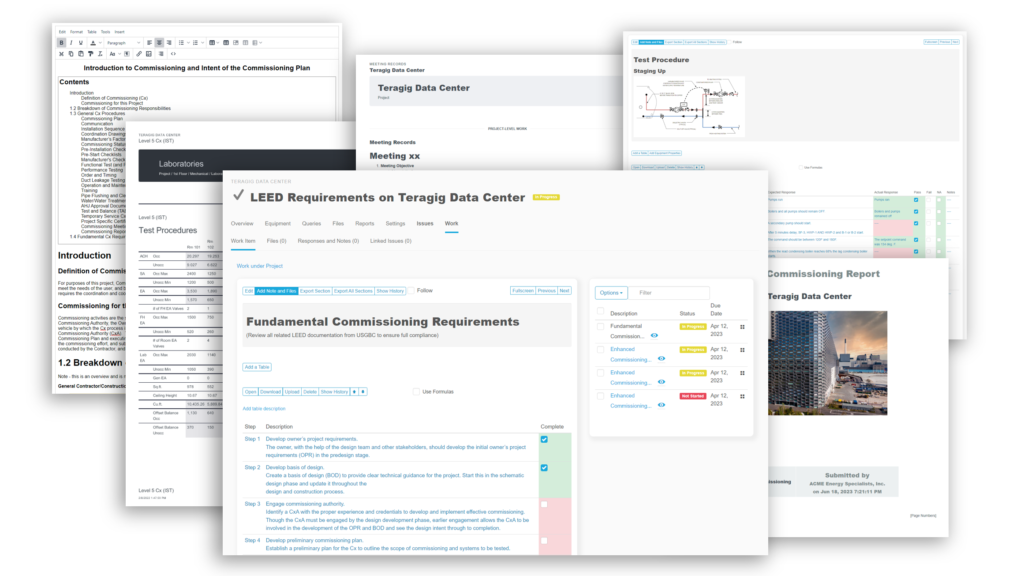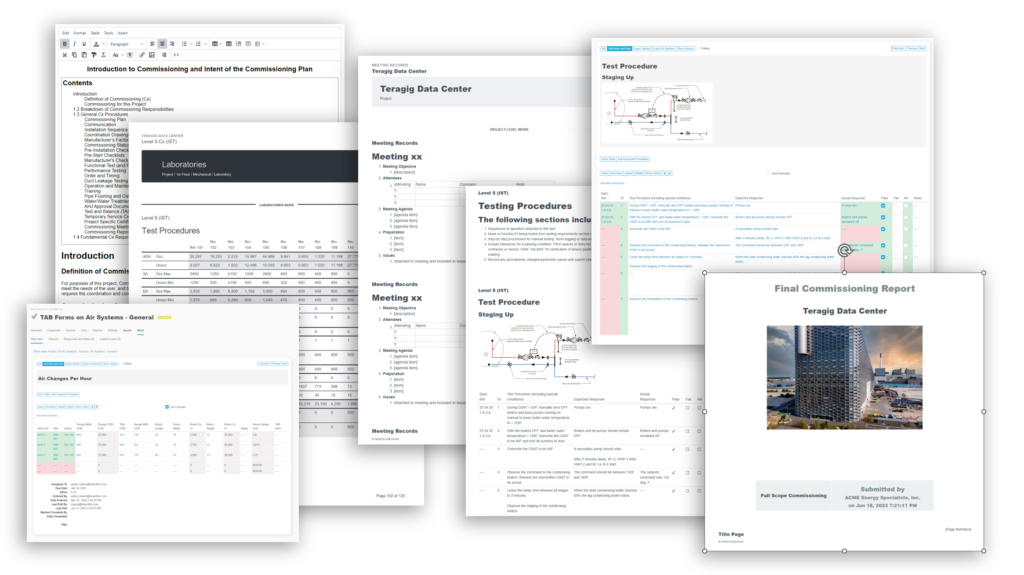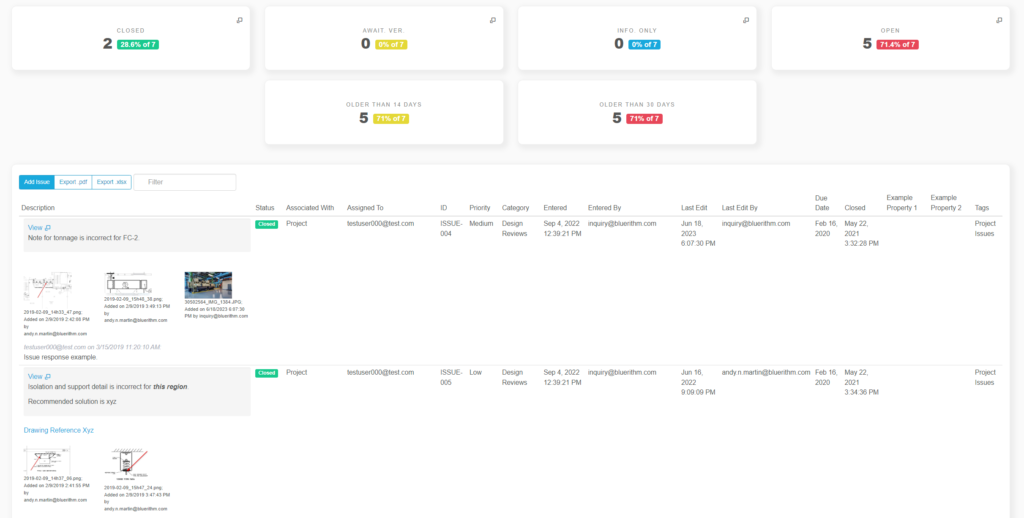Bluerithm’s Cx software is the ideal complement to LEED Commissioning projects – even enhancing LEED Certifications’ intended outcomes. Bluerithm helps provide full digital turnovers for contractors and building owners with cloud-based, real-time communications, paperless documentation, and more. Read on to learn more about their seamless alignment.
LEED – Leadership in Energy and Environmental Design
USGBC – United States Green Building Council
CxA – Commissioning Authority
AEC – Architect, Engineering, and Construction
LEED Certification has become a household term in AEC since its inception in 1993 at the formation of the USGBC. Though LEED v1.0 wasn’t developed until 1998, over 20+ years have witnessed an unrelenting rise in its representation of green building practices.
Sustainability
At its heart, LEED is a natural outgrowth of a larger paradigm sweeping across the social sectors of our planet. We’re talking about sustainability, which is the idea that we should holistically prioritize the health of the environment, economy, and society. And that we should consider, understand, and eliminate the negative impacts of our actions on them.
LEED is purpose-designed to pursue sustainability within our built environment. In the USGBC’s own words,
“LEED is a holistic system that doesn’t simply focus on one element of a building such as energy, water or health, rather it looks at the big picture factoring in all of the critical elements that work together to create the best building possible.” (usgbc.org/leed)Digitalization Like sustainability, another global paradigm has been operating on the same timeline. We’re talking about digitalization. This is the deployment of cloud-based, real-time, digital, online, and virtual technologies. These technologies allow real-time communication, cloud-based storage and interactions, digital representations of our physical reality, and more. Such technologies have rapidly and continuously developed across every sector. And just like sustainability, humans have the idea that digitalization can impact our existence and relationships for the better – and that we should pursue it ad infinitum. So, it should be no surprise that a framework and vision are emerging where these paradigms, sustainability and digitalization, are coalescing. A perfect example of this convergence is the AEC industry, where LEED Certification is pursued on a construction project. Consider this: LEED Certification requires LEED Commissioning to meet the certification’s criteria. And contractors, or presiding commissioning authorities, currently have access to Cx digital platforms like Bluerithm to provide cloud-based, real-time services that result in fully digital turnovers. So, what do you get when you bring these two paradigms together on a building commissioning project in the construction industry?
What is LEED Commissioning?
LEED Certification has many requirements accessible on the USGBC’s website or here if you’re interested. However, the criteria of interest to us is that of LEED Commissioning. In November of 2013, LEED established a mandatory requirement for Fundamental Commissioning (and an optional Enhanced Commissioning) on LEED Certification projects. The Fundamental Commissioning is mandatory and must be completed by an approved CxA. The release of the new commissioning criteria was the USGBC’s acknowledgment that commissioning on building construction projects furthers many sustainable development goals pursued by certifications like LEED. Commissioning provides a command and control level to a construction project that works to ensure everything is designed and working correctly, and efficiently. Through rigorous documentation, design reviews, testing, systems checks, thorough communication, and planning, commissioning is achieved. LEED Certification and commissioning are a natural fit as LEED requirements are technical and must be integrated at the beginning of the design phase. LEED requirements focus on energy savings, water efficiency, reduced emissions, and improved indoor and outdoor environmental health. These things must be heavily monitored, checked, and documented to achieve the LEED criteria. Therefore, requiring approved CxAs to conduct the commissioning portion of LEED construction projects makes sense. Meanwhile, the world of construction has seen the rise of digital platforms like Bluerithm, bringing digitalization to contractors, CxAs, and the commissioning process. The reasons this digitalization has been successful are eerily similar to the conceptual and practical goals purported by the USGBC’s LEED program.Converging Paradigms: Sustainability & Digitalization
Let’s take a look at what paradigm-related benefits using a digital commissioning platform like Blurithm brings to the table:- Cloud-based documentation, storage, interactions, data integrations, and systems monitoring reduce human touches, environmental resources and impacts, use less energy, and enables more efficient and data-driven decision-making with JIT information access.
- Real-time access brings faster, paperless communications, timely information, transparency, and equitable access to information.
- Hub-style data integrations, information access, and project management and monitoring significantly increase a commissioning project’s energy efficiency, produces less waste while maximizing resources, and are paperless – which is worth repeating repeatedly.
- Ongoing systems monitoring (before and after a turnover) ensures every piece of equipment and building system is functioning optimally so that the indoor environment is healthy for human activity.
- Greater Energy Efficiency
- Less Waste
- Less Human Environmental Footprint
- Less Resource Use
- Enhanced Human Health and Quality of Life
- Promotion of Sustainable Cycles

